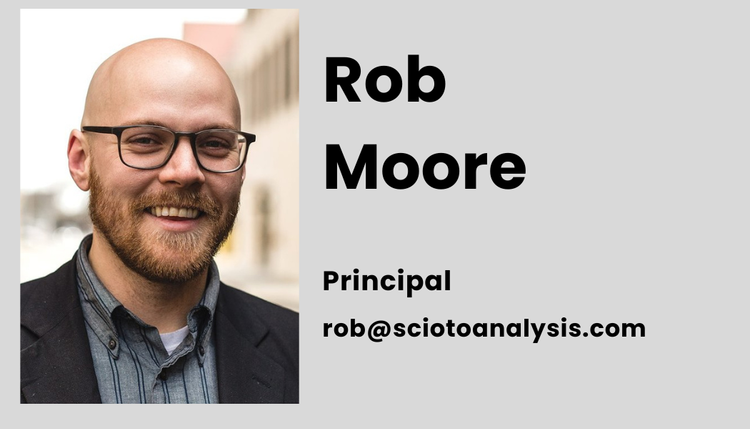One of the main reasons I love living in Minneapolis, Minnesota is that it is often colder than most other parts of the country. I personally prefer fall colors and the thrill of winter sports to sandy beaches and the ocean breeze.
This year, however, the summer heat has stuck around much longer than it normally does. Only six days into September we have had four days where the high temperature has been at least 90 degrees. For reference, last year there was only one day in September that met that mark.
As someone who lives in a house that doesn’t have air conditioning, this made the holiday weekend much less pleasant.
My discomfort aside, the fact that a heatwave of this magnitude has hit the Midwest this late in the year is a troubling sign. One of the main reasons we should be worried is that students are coming back to schools that have historically been able to get by without AC during this time of year.
A report from the US Government Accountability Office found that in 2020, over 40% of school districts needed to update or replace HVAC in at least half of their schools.
High temperatures are more than just an inconvenience for students. Studies have shown that an increase in the number of hot days can decrease test scores and overall academic achievement.
Of particular concern is how hot days disproportionately affect minority students because they often attend schools in poorer districts with less funding. This means that as our climate continues to heat up, we might see gaps in educational attainment widen unless something is done.
Also of concern is when summer temperatures begin at the end of the school year when students are taking final exams. One study from 2016 found that students were 11% more likely to fail an exam if they took it on a 90 degree day compared to a 70 degree day.
Policymakers should be concerned about the temperatures students are exposed to. It is a major financial investment, but in the face of climate change, public schools across the country will need to improve their air conditioning systems or suffer worse outcomes for children. Temperatures are going to continue to increase, and a larger portion of the school year is going to require cooling for students to get the full benefit of their education.
Air conditioning is also going to be required to keep students safe during the day. The worst case scenario would be if students began experiencing forms of heat related illness such as heat exhaustion or heat stroke during the school day.
This is not to suggest that schools failing to install air conditioning is going to necessarily lead to poor health outcomes, but it does make the margin for error around student health smaller. At the very least, this will require teachers and other school personnel to keep an eye out and make sure students have enough access to water and appropriate clothing.
The reality of the next few decades is that average temperatures across the world will rise. All across the world, people are going to have to adapt to hotter days. Schools present an interesting public challenge because their schedule has historically kept them safe from the worst of the summer heat. Policymakers need to understand that this gap exists and work to close it quickly.








